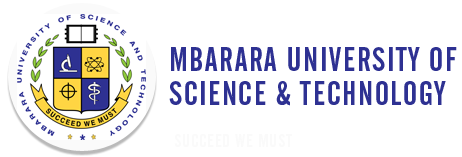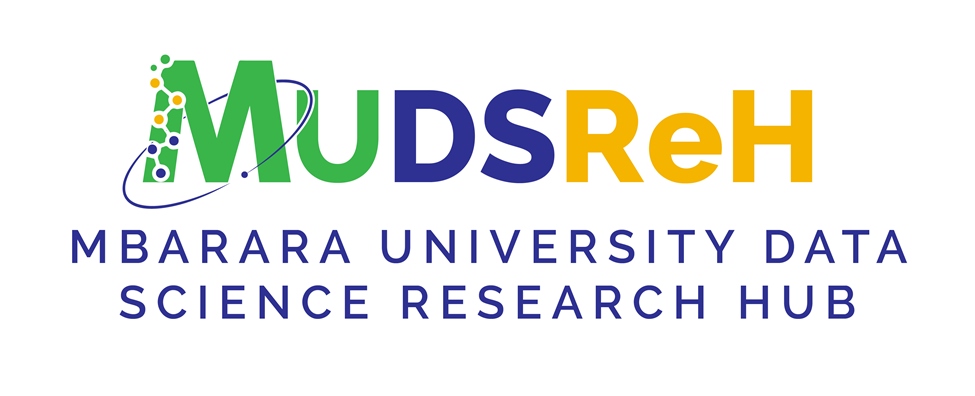FROM MEDICAL IMAGES TO HEALTHCARE PRACTICE: DATA SCIENCE FOR IMPROVED
CLINICAL OUTCOMES AND IMPACT ACROSS SUB-SAHARAN AFRICA
Pilot projects July 2022/2023 – June 2023/2024
CALL FOR APPLICATIONS
Mbarara University of Science and Technology in collaboration with (1) Massachusetts General Hospital Center for Global Health, (2) Massachusetts Institute of Technology, (3) Kwame Nkrumah University of Science and Technology, and (4) College of Ophthalmologists of Eastern, Central, and Southern Africa are implementing a 5-Year grant (July 2021 to June 2026) from the National Institutes of Health funded through the Fogarty International Center under grant number U54TW012043) to set
up the Mbarara University Data Science Research Hub (MUDSReH).
OVERALL PLAN FOR THE RESEARCH HUB: Medical images offer great potential for supporting clinical diagnosis and care management; however, their utility for African researchers and clinicians are limited by the number of images available, insufficient linkage to relevant clinical data, limited data from African populations for proper image interpretation, and poor implementation in clinical practice.
The Mbarara University Data Science Research Hub is designed to overcome these barriers through robust Data Management and Analysis and Administrative Cores, initially supporting projects in posterior segment eye disease and cervical cancer with plans for expansion to new projects and sites,
as well as training in data science and implementation science.
Hub priority areas:
• Dermatology
• Microbiology/Pathology
• Radiology
The priority areas (Dermatology, Radiology and Pathology/microbiology) are the common areas where medical images are generated. Under each priority area are medical/clinical diseases that may form the basis for generating medical/radiological/laboratory images which can be used for Deep Learning/Machine Learning/AI in the development of algorithms for better diagnosis and management of those conditions.
Radiology – we expect teams (clinicians/radiologists/IT) to identify specific medical conditions (only one per application) which require routine radiological imaging and make that the focus of your application.
Dermatology – we expect teams (clinicians/IT) to identify a specific dermatological condition (only one per application) which can be routinely photographed (imaging) and make that the focus of your application.
Pathology/microbiology – we expect teams (clinicians/pathologists/Medical Laboratory Scientists, etc.,) to identify specific disease conditions (only one per application) that routinely require pathological/microbiological examinations or images which can be used for ML/AI algorithm development to improve diagnosis and management of the condition.
NB. Remember to use implementation science research methods in your application
Applicant Eligibility:
• Applicants must be from the MUDSReH consortium institutions (MUST and KNUST)
• Early-stage and established investigators
Award Size and duration:
• $40,000 to cover 2 Years
• Only 3 awards available (July 2022 to June 2024)
Application components:
• Specific aims
• Statement on how the project will contribute to development of image-based data science in Africa
• Research plan (significance, innovation, and approach)
• Biographical sketch (See Attachment 2)
• Copy of MUST/KNUST appointment letter
• Two letters of supports from your department/institution
• Budget, including justification of each item (see attachment 3)
Applications should be submitted directly to: mudsreh@must.ac.ug
• Submission deadline: June 20, 2022
• Scientific Review meeting: July 22, 2022
• Notification of selection: July 27, 2022
• Start of Pilot projects: August 1, 2022
ATTACHMENT 1: INSTRUCTIONS TO THE APPLICANT
Application components:
• Specific Aims (max 1 page)
• What is the problem to be addressed?
• What is the gap in the field?
• How will you approach filling this gap?
• What are the aims of the project?
• Statement on how the project will contribute to development of image-based data science in Africa (max. ½ page).
• Research plan, including significance, innovation, and approach (max. 3 pages, including tables/figures but excluding references). Use single spacing, Arial 11-point font with 0.5- inch margins.
• Biographical sketch (standard NIH format; see attachment 2). Section A (personal statement) should describe the investigator’s prior experience in research and any expertise in data-science specifically.
• Copy of MUST/KNUST appointment letter
• Two letters of support from your department/institution
• Budget, including justification of each item (see attachment 3)

